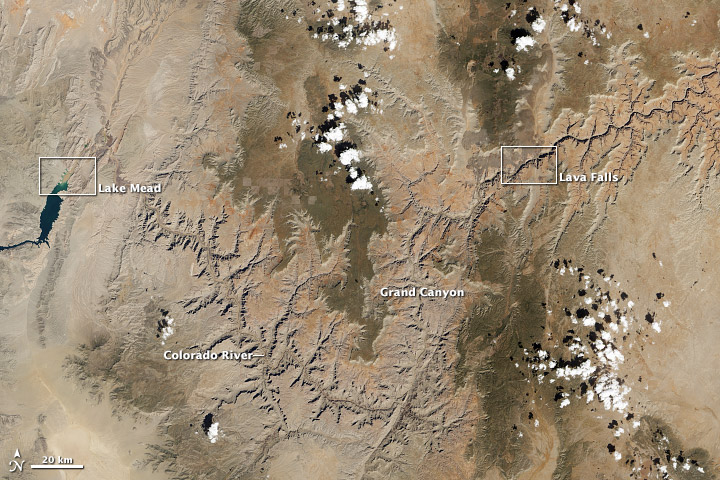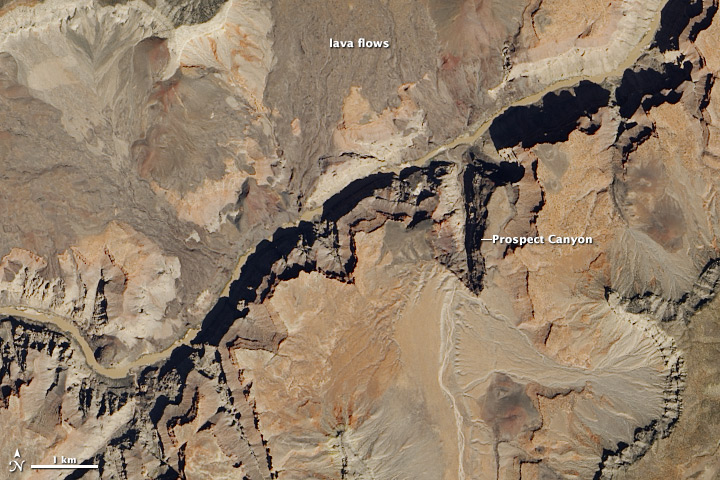Jean Auguste Ingres Selfportrait
Jean Auguste Ingres Study for Raphael and the Fornarina
Jean Auguste Ingres Study for Vicomtesse d'Haussonville born Louise Albertine de Broglie
Jean Auguste Ingres Study for Vicomtesse d'Haussonville born Louise Albertine de Broglie
Jean Auguste Ingres Study of Baronne James de Rothschild born Betty von Rothschild
Jean Auguste Ingres The Alexandre Lethiere Family
Jean Auguste Ingres The Cosimo Andrea Lazzerini Family
Jean Auguste Ingres The Kaunitz Sisters
Jean Auguste Ingres Tomb
Jean Auguste Ingres Ursin Jules Vatinelle
Jean Auguste Ingres Victor Baltard
Jean Auguste Ingres Victor Dourlen
Drawing - Dibujo: Ingres Jean Auguste - Part 10 - Links to paints and drawings
Paints
- Pinturas
- Painter: Ingres Jean Auguste Part 1
- Painter: Ingres Jean Auguste part 2
- Painter: Ingres Jean Auguste Part 3
- Painter: Ingres Jean Auguste - Part 4 - Links
- Painter: Ingres Jean Auguste - Part 5 - Links
- Painter: Ingres Jean Auguste - Part 6 - Links
- Painter: Ingres Jean Auguste - Part 7 - Links
- Painter: Ingres Jean Auguste - Part 8 - Links
- Painter: Ingres Jean Auguste - Part 9 - Links
Drawings - Dibujos
- Drawing - Dibujo: Ingres - Part 1
- Drawing - Dibujo: Ingres Jean Auguste - Part 2
- Drawing - Dibujo: Ingres Jean Auguste - Part 3
- Drawing - Dibujo: Ingres Jean Auguste - Part 4
- Drawing - Dibujo: Ingres Jean Auguste - Part 5 - Links
- Drawing - Dibujo: Ingres Jean Auguste - Part 6 - Links
- Drawing - Dibujo: Ingres Jean Auguste - Part 7 - Links
- Drawing - Dibujo: Ingres Jean Auguste - Part 8 - Links
- Drawing - Dibujo: Ingres Jean Auguste - Part 9 - Links

























